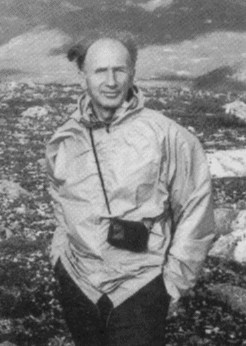A few weeks ago I was at a meeting in Cambridge that discussed how (or whether) paleo-climate information can reduce the known uncertainties in future climate simulations.
The uncertainties in the impacts of rising greenhouse gases on multiple systems are significant: the potential impact on ENSO or the overturning circulation in the North Atlantic, probable feedbacks on atmospheric composition (CO2, CH4, N2O, aerosols), the predictability of decadal climate change, global climate sensitivity itself, and perhaps most importantly, what will happen to ice sheets and regional rainfall in a warming climate.
The reason why paleo-climate information may be key in these cases is because all of these climate components have changed in the past. If we can understand why and how those changes occurred then, that might inform our projections of changes in the future. Unfortunately, the simplest use of the record – just going back to a point that had similar conditions to what we expect for the future – doesn’t work very well because there are no good analogs for the perturbations we are making. The world has never before seen such a rapid rise in greenhouse gases with the present-day configuration of the continents and with large amounts of polar ice. So more sophisticated approaches must be developed and this meeting was devoted to examining them.
 Many of you will have seen the obituaries (
Many of you will have seen the obituaries ( Last week, the
Last week, the